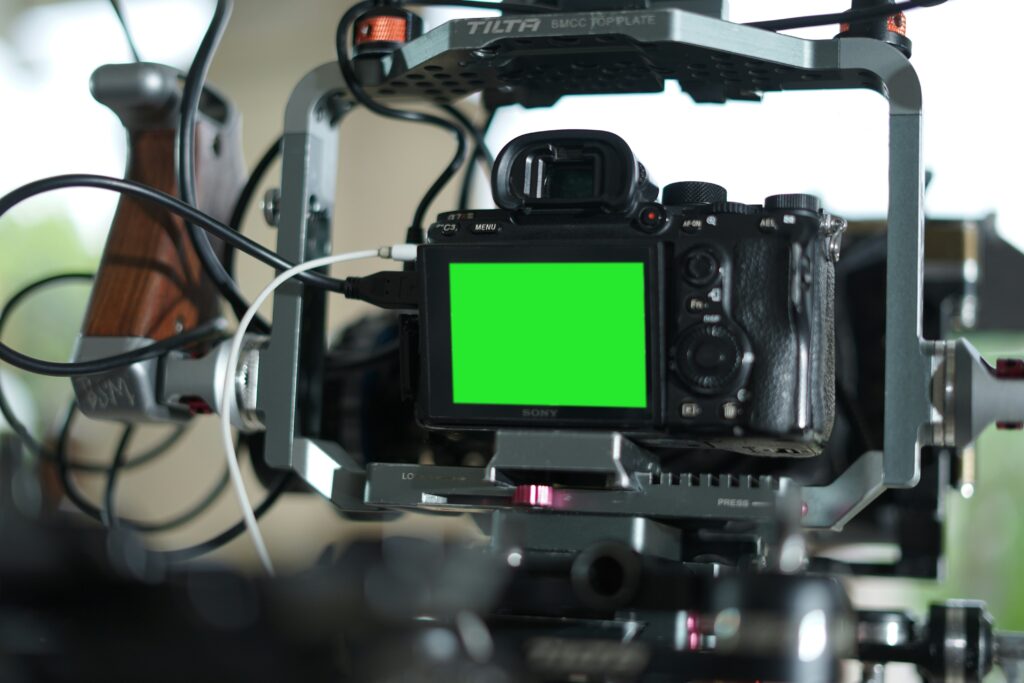What is Ortega Group’s contribution to Ugandan Excellence? For now, strategy shows up as our major contribution. It took Ortega Group two months to become Uganda’s leading authority on Strategy. And not that Ortega Group is interested in those ranks and titles, but it’s to show that sometimes breakthroughs can come fast if one zones into the core of what matters. Strategy to us will always matter whenever a discussion of Ugandan Excellence arises.
And today, we seek to add to that body of knowledge and say, organizations tend to ignore the intangible assets. Largely because most of the intangible assets don’t feature on the balance sheet.
Think of the processes, think of company culture, think of the human capital, and many others. It’s within these intangible assets that organizations can create an advantage that’s not easy to replicate or imitate. And we are not using the word ‘asset’ in the ways it’s used from a pure financial perspective. We are using Asset from the perspective of that which matters, that from which an organization can derive value.
Let’s take company culture for example. An organization that figures out how to build a culture of bold, agile and innovative teams is one that has built an advantage that’s not easy to imitate. From the Resource-based view of strategy, sustainable advantage is established when an organization finds the kind of resources or capabilities that tick all the boxes of VRIO. VRIO means that a resource must be first Valuable, then it must be Rare, then it must be Inimitable and finally it must be Organized. Once a resource ticks all the four boxes, we say that it’s able to give an organization a sustainable competitive advantage.
It’s hard to turn get a tangible asset ticking all the VRIO boxes. And even when it does, it’s often for a short time, it’s temporary, and it’s hard to build a long-term moat based on these assets. Let’s assume an organization was the first to get its hands on a new equipment. In that case, this equipment is valuable, it could also be rare. But for sure, it can be imitated. Given the same monetary resources, or time resources, competition will get their hands on this equipment. One must thus seek the kind of advantages that are easy to guard. That’s why we make a case for the intangible advantages. They are the hardest to build, but also the easiest to sustain.
If one unlocks the human capital advantage, they have unlocked something that the competitor can’t go and replicate in a day or in a year. It’s an advantage that requires time, it requires buy-in, it requires trust. You see this when companies poach employees from their competitor, it never translates in direct results. Because you will poach an employee only to place them in a culture where they will never perform, or in a structure that impedes their progress.
Same with an organization building the right processes and creating an advantage out of its processes. Do you think a competitor can easily copy these processes? Can the competitor wake up and figure out the maintenance process of a company that has built its advantage in this arena?
And as the world becomes an equalized place for the physical resources, more and more of competition is going to shift to the basis of intangible assets. Markets will be conquered by companies that build advantages through the intangible assets. Organizations must prepare for this new future. Business leaders must re-orient their thinking processes to this new world. The tangible assets will still matter but they will mean nothing compared to the intangible assets of processes, of software, of IPs, of culture, of human capital.

